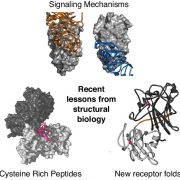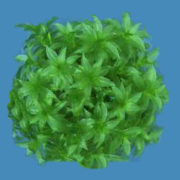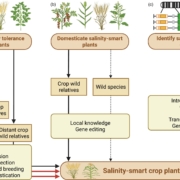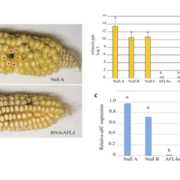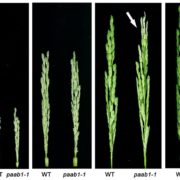Review: Cutin from agro-waste as a raw material for the production of bioplastic ($)
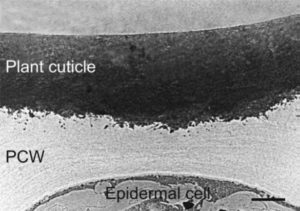 When we think about making things from plant biopolymers, we often think about cellulose, the “most common natural polymer on Earth, with an estimated annual biomass production between 1011 and 1012 tons” or ligin, with a biomass production on the order of 107 tons per year. Heredia-Guerrero et al. review efforts to use another cell wall biopolymer, cutin, which they estimate being is produced in agro waste at 105 – 106 tons per year. Cutin is “the polymeric network support of the plant cuticle” and consists of esterified bi- and trifunctional fatty acids. The authors describe the process of obtaining raw material from cutin (mainly from tomato fruit peels removed during processing), and its physical properties as compared to other materials used for plastic production. Material generated from cutin holds the promise of greater biodegradability and supports a bio-based, curcular economy due to its beginning as a waste product. J. Exp. Bot. 10.1093/jxb/erx272
When we think about making things from plant biopolymers, we often think about cellulose, the “most common natural polymer on Earth, with an estimated annual biomass production between 1011 and 1012 tons” or ligin, with a biomass production on the order of 107 tons per year. Heredia-Guerrero et al. review efforts to use another cell wall biopolymer, cutin, which they estimate being is produced in agro waste at 105 – 106 tons per year. Cutin is “the polymeric network support of the plant cuticle” and consists of esterified bi- and trifunctional fatty acids. The authors describe the process of obtaining raw material from cutin (mainly from tomato fruit peels removed during processing), and its physical properties as compared to other materials used for plastic production. Material generated from cutin holds the promise of greater biodegradability and supports a bio-based, curcular economy due to its beginning as a waste product. J. Exp. Bot. 10.1093/jxb/erx272


